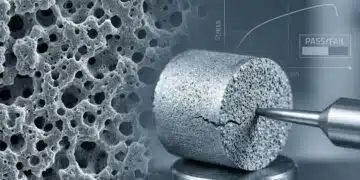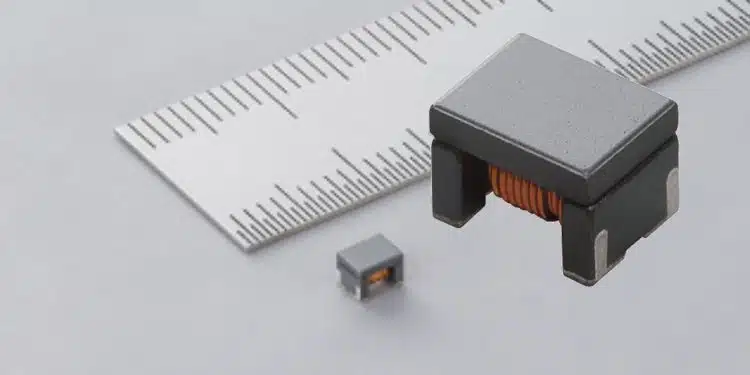Latest wire wound chip common mode choke coils from Murata exhibit wideband impedance capabilities.
Leading electronics manufacturer Murata announces the introduction of the DLW32PH122XK2 wire wound chip common mode choke coil.
AEC-Q200-qualified, this 1210 inch size (3.2×2.5mm) component is targeted at suppressing wideband common mode noise in modern automotive designs.
It is of particular value when addressing the power supply line noise issues now occurring as advanced driver assistance system (ADAS) hardware connects with wide frequency band sensors and imaging equipment (such as radar, LiDAR, etc.). There are a multitude of opportunities for this coil to suppress noise in industrial and consumer devices too.
The DLW32PH122XK2 draws on Murata’s proprietary winding technology and the company’s in-depth understanding of materials science, as well as its ability to transition innovative design concepts into volume manufactured products.
At 100MHz, this component exhibit 1200Ω (typical) impedance levels, and it maintains 900Ω (typical) even when 1GHz frequencies are applied. Any competing chokes operating over such an extensive range of frequencies would be substantially bigger, making them impractical in space-constrained environments.
Murata’s DLW32PH122XK2 is 60VDC rated and supports currents up to 1.2A at 105°C. It is the world’s first 1210 inch size high-frequency, high-current common mode choke coil for power supply lines to handle such currents and simultaneously have effective impedances at GHz frequencies. A low DC resistance, of 0.05Ω (typical), mitigates power losses and curbs unwanted heat generation.
Features
- It realizes high impedance characteristics at several tens of MHz to several GHz and is suitable for wideband common mode noise removal.
- Low DC Resistance and a large Rated Current are suitable for common mode noise suppression of the power line.
Applications
- Automotive advanced driver assistance system (ADAS)
- Automotive powertrain/safety equipment
- Automotive infotainment/comfort equipment
- Consumer equipment
- Medical






























